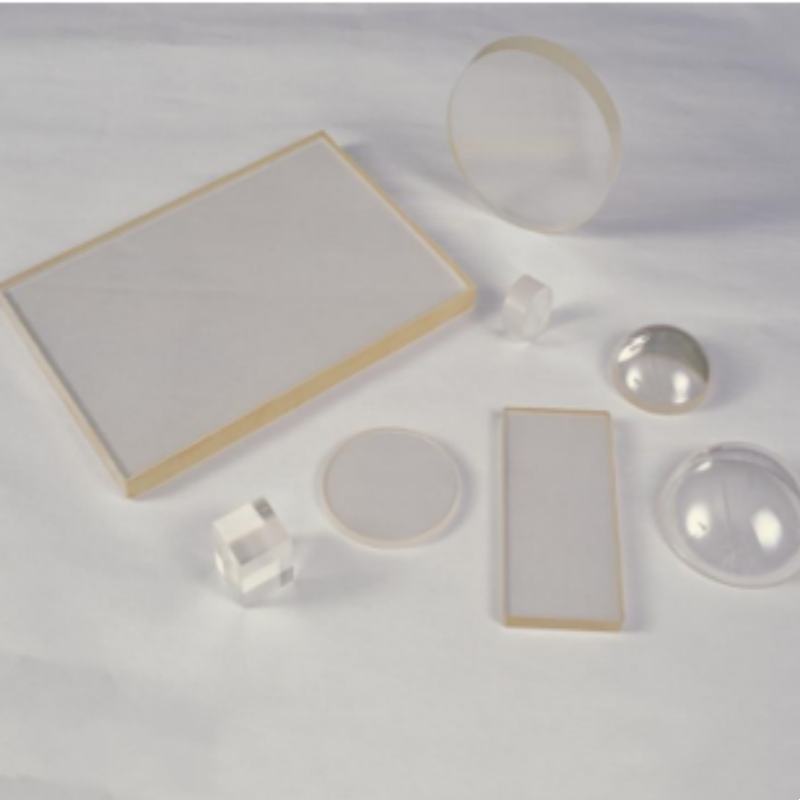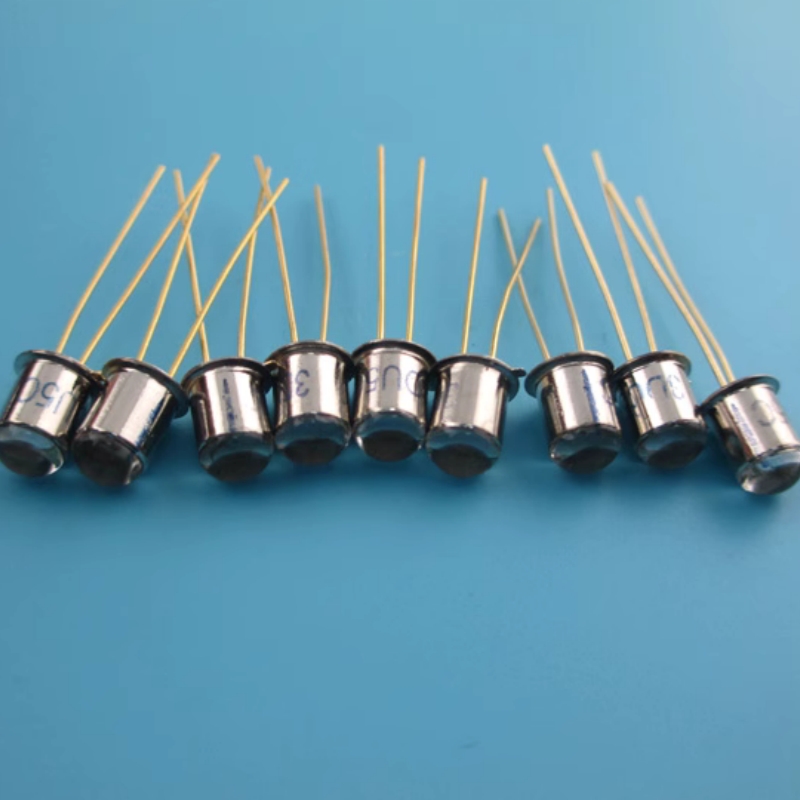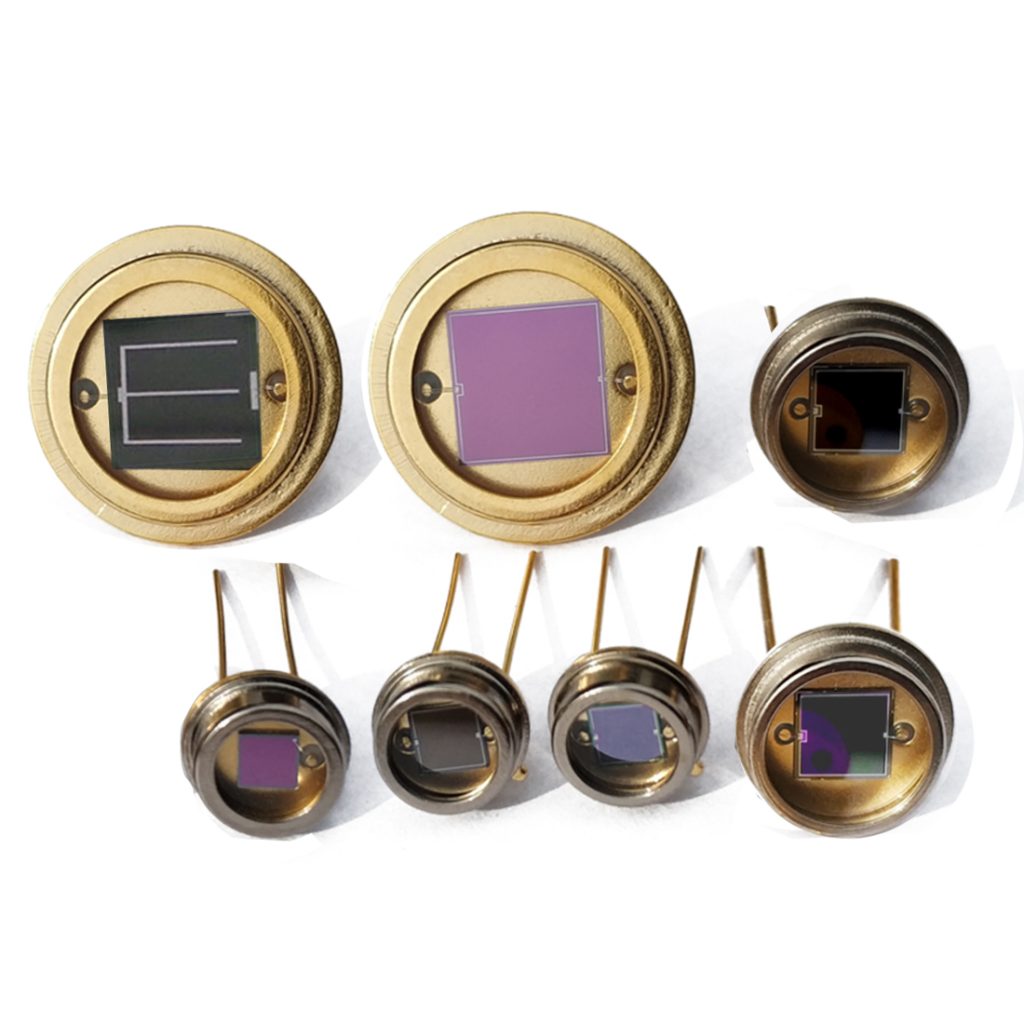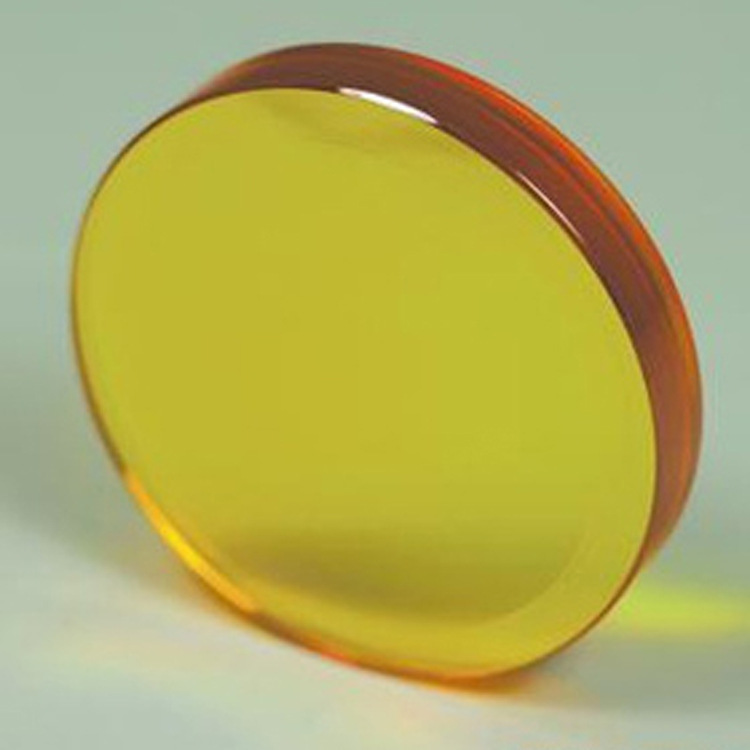Low expansion quartz is a high-performance optical and structural material characterized by its exceptional thermal stability, minimal thermal expansion, and superior optical transparency. Engineered through advanced purification and crystallization techniques, it provides precise dimensional control, excellent resistance to environmental stress, and high mechanical durability. This material is widely used in aerospace instrumentation, semiconductor manufacturing, metrology applications, and high-precision optics, ensuring stable performance under extreme temperature variations.
Product Overview
Low expansion quartz material has an almost zero thermal expansion coefficient and excellent thermal expansion uniformity at room temperature. This allows it to maintain stable size and shape under varying temperature conditions. The material has low stress characteristics, making it ideal for precision optical systems that require high dimensional stability and optical performance. Low expansion quartz is widely used in high-end applications such as space-based telescopes and semiconductor photolithography equipment, offering superior optical performance and thermal stability.
Key Features
- Near Zero Thermal Expansion Coefficient: Virtually no thermal expansion at room temperature, ensuring the stability of precision optical systems.
- Good Thermal Expansion Uniformity: Exhibits excellent thermal expansion uniformity, suitable for applications with significant temperature variations.
- Low Stress Characteristics: The material has low stress, making it ideal for high-precision optical systems, preventing impact on imaging or beam transmission.
- Customizable Service: Products can be customized for specific zero-expansion temperature regions based on customer needs, catering to various high-precision applications.
Applications
- Precision Optical Systems: Used in optical components such as mirrors and laser resonator bodies, offering outstanding optical stability.
- Space-Based Telescopes: Serves as a critical optical element, ensuring size stability and imaging precision under extreme temperature variations.
- Semiconductor Photolithography Equipment: Used in semiconductor photolithography equipment to ensure high precision and stability in optical systems.
- High-End Applications: Widely used in high-precision optical instruments, laboratory equipment, and other fields requiring ultra-high precision and thermal stability.
| Property | Value |
| Average Linear Expansion Coefficient 5-30℃ (α) | 0 - ±30ppb/℃ |
| Thermal Conductivity (K) | 1.31 W/(m·℃) [1.13 kcal/(m·h·℃)] |
| Thermal Diffusivity (D) | 0.0079 cm/s |
| Volume Thermal Resistivity at 200°C, 100Hz (R) | 10 11.6 ohm·cm |
| Specific Heat (Cp) | 767 J/(kg·℃) [0.183 cal/(g·℃)] |
| Strain Point | 890 ℃ [1634°F] |
| Annealing Point | 1000 ℃ [1832°F] |
| Softening Point | 1490 ℃ [2714°F] |
| Poisson's Ratio (v) | 0.17 |
| Ultimate Tensile Strength (MOR) | 49.8 MPa [7220 psi] |
| Vickers Hardness, 200g Load | 518 kg/mm² |
| Density (ρ) | 2.21 g/cm³ [0.079 lb/in³] |
| Specific Stiffness (E/ρ) | 3.12×10⁶ [1.23×10⁸ in] |
| Shear Modulus (G) | 29.0 GPa [4.20×10⁶ psi] |
| Bulk Modulus (K) | 34.1 GPa [4.95×10⁶ psi] |
| Elastic Modulus (E) | 67.6 GPa [9.80×10⁶ psi] |
| Stress-Optical Coefficient | ≤30 (nm/cm)/(kg/cm²) |
| Refractive Index (Nominal CTE Material) | nF (486 nm) 1.4892, nD (589 nm) 1.4828, nC (656 nm) 1.480 |
| Abbe Number | 53.1 |
Submit Your RequirementsWe will contact you within 24 hours.
 WOBO Scientific Research New Materials One-Stop Service Platform
WOBO Scientific Research New Materials One-Stop Service Platform











